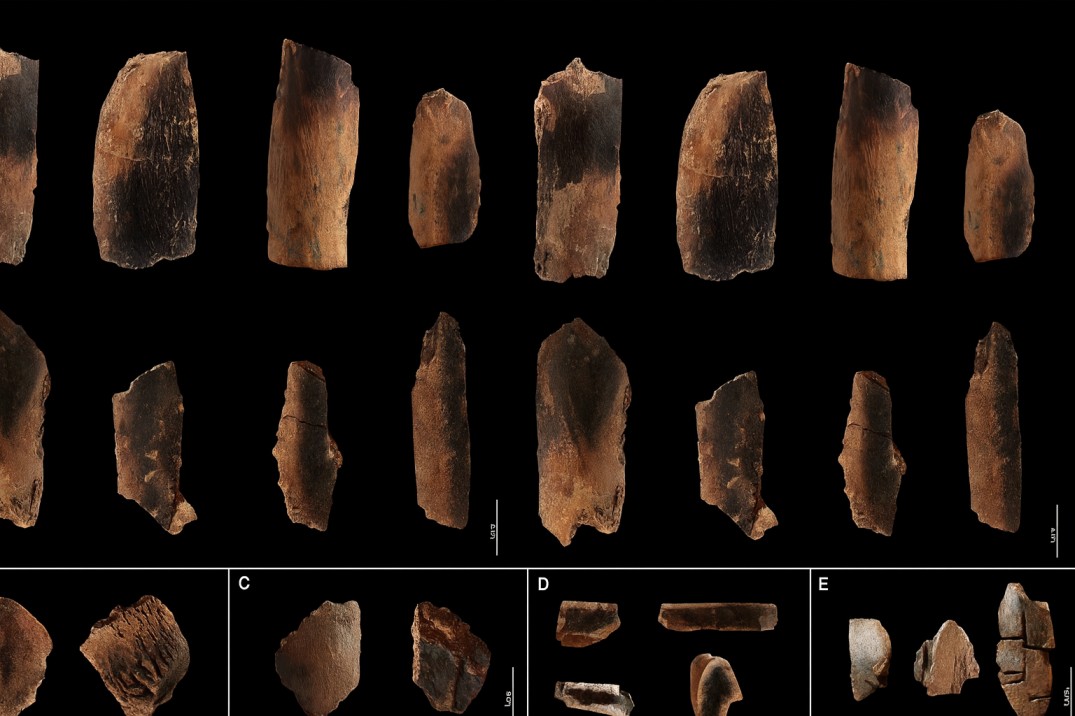Neanderthal ' Fat factory ': Early evidence of planned resource management
Lutz Kindler et al., Science Advances | July 2, 2025
Background
Around 125,000 years ago, Neanderthals living in what is now Germany demonstrated remarkable intelligence and foresight.
At the site of Neumark-Nord, archaeologists uncovered evidence of a dedicated “fat factory” — a specialized zone where Neanderthals systematically collected and processed animal bones to extract bone grease, an energy-rich supplement that played a crucial role in their survival.
While it’s well-documented that Upper Paleolithic Homo sapiens used similar techniques to extract marrow and grease, this discovery pushes such complex behavior much further back in time, redefining how we perceive Neanderthal cognition and culture.
Key Findings
Intensive Bone Processing
Researchers found large caches of bones — mainly from large herbivores — that had been intentionally fragmented into tiny pieces.
These bones were likely boiled or heated in water for several hours, allowing Neanderthals to skim the fat that rose to the surface — a process demanding both labor and patience.
Forward Planning and Foresight
The team suggests that these bones were not processed immediately after hunting. Instead, they were stockpiled and later transported in a single massive load to the processing site.
This behavior reveals planning ability, resource management, and even a form of delayed gratification — traits once thought unique to modern humans.
Nutritional Strategy
Bone grease provided high-calorie sustenance, especially during cold European climates when plant-based food was scarce.
This demonstrates that Neanderthals had a deep understanding of nutritional balance and were capable of adapting their subsistence strategies to seasonal challenges.
Anthropological Perspective
From an anthropological viewpoint, this finding expands the narrative of Neanderthal intelligence beyond mere survival instincts.
Behavioral Archaeology (Lewis Binford, 1983): Suggests that tool use and subsistence practices reflect social organization and cognitive depth — qualities evident in this “fat factory.”
Paleoanthropology & Cognitive Evolution: The evidence from Neumark-Nord shows abstract thinking, delayed reward mechanisms, and collective planning — traits foundational to human behavior.
Cultural Ecology (Julian Steward, 1955): Highlights adaptive strategies — here, Neanderthals modified their behavior to maximize caloric efficiency in resource-scarce environments.
Conclusion
The so-called Neanderthal “fat factory” represents more than a survival strategy — it is a window into the mind of early humans.
It proves that Neanderthals were capable planners, innovative in food processing, and deeply adaptive to environmental demands.
Far from being primitive brutes, they emerge as resourceful and intelligent hominins, bridging the evolutionary gap between instinct and intellect.






